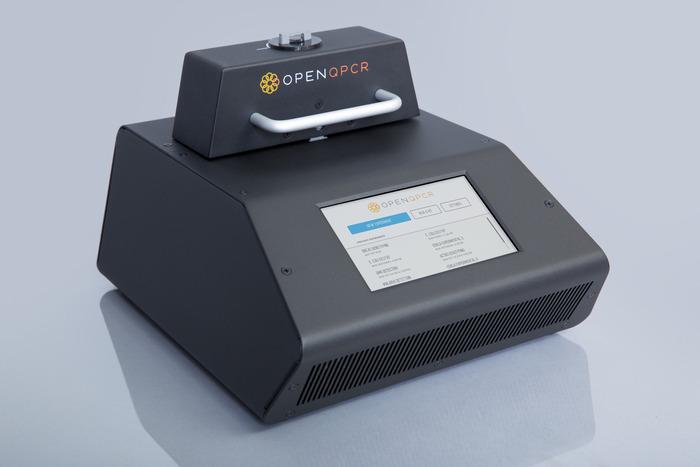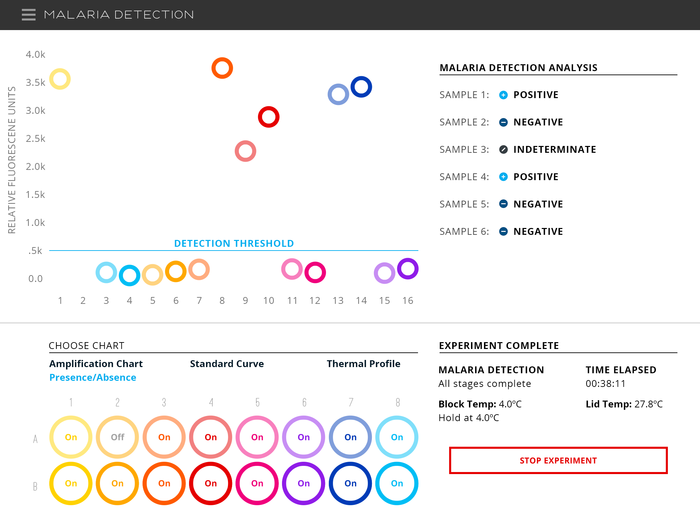by Natalie Nelms
If you are what you eat, then it’s important to avoid putting pathogens and viruses into your body, right? Nobody wants to be a germ.
It should come as no surprise that the produce we fill our plates with can host a wide variety of illness-causing bacteria like E. coli or salmonella. While this may be a distressing thought, innovations in technology have presented us with ways to detect harmful microbes to ensure that only the best fruits and veggies enter our bodies.
One such technological development comes in the form of the Open qPCR – a device that effectively performs DNA-based diagnostics to identify dangerous pathogens and viruses not only in food, but also viruses such has HIV, Malaria or Ebola in people, and can also determine the variants of genes that people have (genotyping). Open qPCR does this by identifying the DNA of the pathogen within the food sample. Although the amount of pathogenic DNA is minute compared to the DNA of the food, Open qPCR is able to selectively make copies of only the pathogenic DNA, which is then detected using the device’s optics.
“I heard from so many people who had really interesting applications for this technology,” detailed the Open qPCR’s creator, Josh Perfetto, on the origins of this project. “I wanted to produce a more comprehensive, automated solution for the testing process.”
The Open qPCR is powered by a BeagleBone Black and also utilizes the following materials in order to capture the necessary information from a sample’s DNA:
- Thermoelectric (peltier) modules
- Heat sink and fan
- Optical system including LEDs, photodiodes, interference filters and long-pass filters
- PCB containing both high-power circuitry to control peltiers and heaters, and sensitive circuitry to read low-level signals from photodiodes using a lock-in amplifier
Perfetto determined that he wanted to include the Sitara-processor-powered BeagleBone Black over other processes because of the extensive circuitry that the projected called for. In addition, the BeagleBone Black offered the most GB to work with in order to integrate all of the parts that exist within the Open qPCR.
In terms of complications experienced during the development process, Perfetto explained how he “needed to detect microvolt signals coming from our photodiodes.” He did so by implementing LED modulation and lock-in amplifier circuits which can detect minute signals amongst greater background noise.
“It was almost magical the first time I saw it work,” Perfetto described.
Looking towards the future, Perfetto is set on empowering non-biologists to perform these DNA diagnostics and will do so by including a key component to the design of the Open qPCR device. “We’ve got the hardware where we want it to be, but using it requires wetware,” Perfetto offered on what else needs to be done to simplify the testing process.
For more information on maker Josh Perfetto and his innovative designs, please visit http://chaibio.com/openqpcr and also check out their Kickstarter page!
Want to chat with us about this project? Tweet us at @BeagleBoardOrg!



